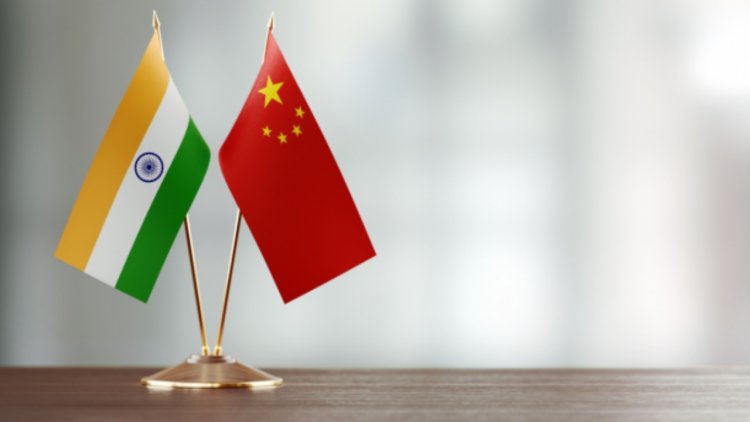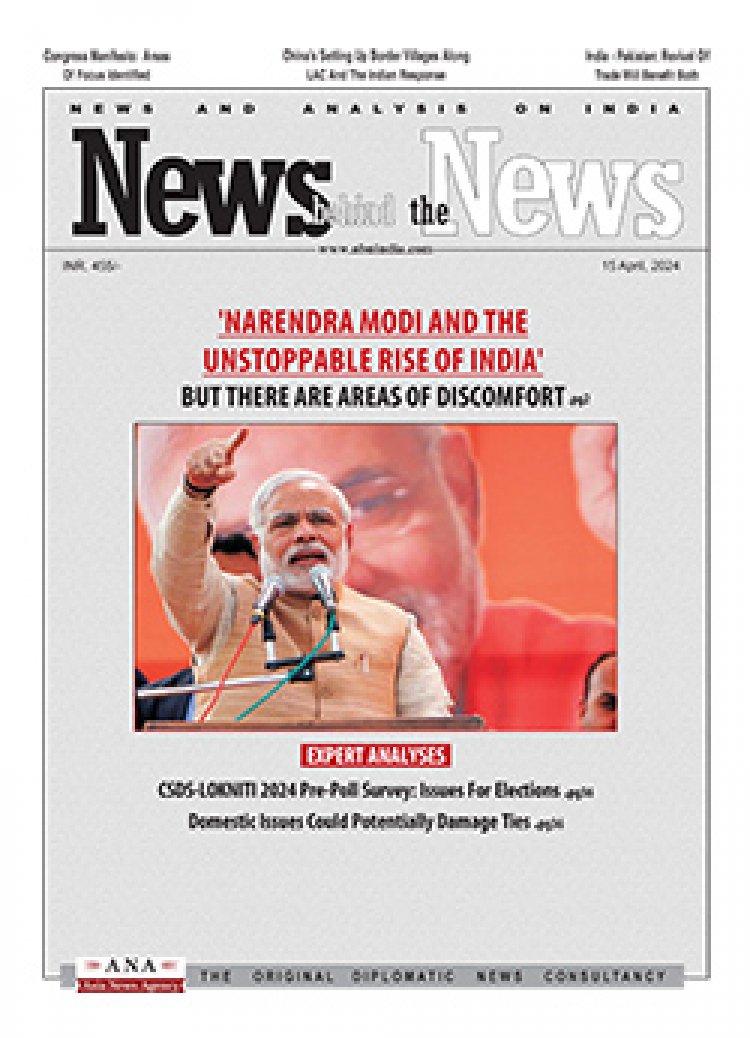India - China: Attempts to Restore Peace at Border
STORIES, ANALYSES, EXPERT VIEWS

The 26th Meeting of the Working mechanism for Consultation and Coordination (WMCC) took place in Beijing on February 22, 2023. Important discussions appear to have been taken place between Shilpak Ambule, Joint Secretary of the East Asia Division, Ministry of External Affairs and Hong Liang, Director-General of the Department of Boundary and Ocean Affairs of the Ministry of Foreign Affairs, China.
This was the first in-person meeting of the WMCC since the 2020.
Status of present negotiations
In the last three years, through patient negotiation, the two sides managed to disengage in four of the six points — Galwan, Pangong Tso, Gogra Post and near Jianan Pass (PP15). But two key areas remain unsettled, i.e., the Depsang Bulge and the Charding Ninglung Junction in the Demchok area involving nearly 1,000 square kilometres.
The Chinese release of the meeting said the two sides would work along ‘established lines’ and settle the remaining issues on the western boundary. more significantly, it said that ‘the two sides discussed other measures to further ease the border situation, and agreed to make efforts in promoting the border situation to the phase of normalized management and control’.
Most likely ‘other measures’
The most likely ‘other measures’, in the opinion of Manoj Joshi (Distinguished Fellow at the Observer Research Foundation, New Delhi, and the author of Understanding the India-China Border: The Enduring Threat of War in High Himalaya) “is about converting other parts of the LAC into similar no-patrol zones. Immediately, this could lead to a package settlement in the two remaining areas of Depsang and Charding Nala. The discussions have also reportedly taken up the issue of upgrading the border management means to replace the WMCC with a mechanism that will have both military and civilian officers."
On no-patrol zones: It is likely, writes Joshi “that the no-patrol zones could be confined to the places where the two sides have overlapping claims…..”
'Zone of actual control’ could replace the ‘line of actual control’
In an article in an Indian publication in 2020, Chinese journalist-scholar Qian Feng suggested that the concept of the 'zone of actual control’ could replace the ‘line of actual control’ in some areas that had no obvious geomorphological features or population. Other areas, too, could be delimited as a ‘border belt’ if they did not require population adjustment.
But whether or not the idea works, states Joshi “will depend on the intentions of the two interlocutors. If the Chinese seek to use the lack of precision of the LAC to keep India off balance, little will change.”
















